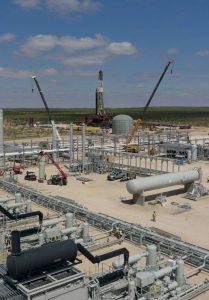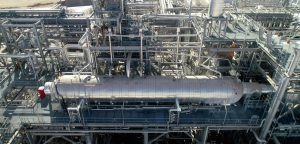
Sulphur Industry News Roundup
Global demand for oil products has seen strong recovery in 2021, but depressed kerosene demand from the aviation sector continues to be a major barrier to full recovery, according to data and analytics company GlobalData. The company’s analysis of oil product flows suggests that when kerosene is excluded, oil product demand in Q3 2021 had fully recovered compared to the same period in 2019. However, demand for kerosene, mostly used for jet fuel, has hovered at around two thirds of pre-Covid-19 levels throughout the year, and when that is taken into account, total oil product demand was 3% below pre-Covid levels for Q3 2021. Kerosene demand saw the greatest impact from Covid-19 due to restrictions on air travel. While the sector recovered, to an extent, in the second half of 2020, recovery stalled in 2021 due to new waves of infections and restrictions, with new restrictions linked to the Omicron variant likely to have hit demand again in Q4.







